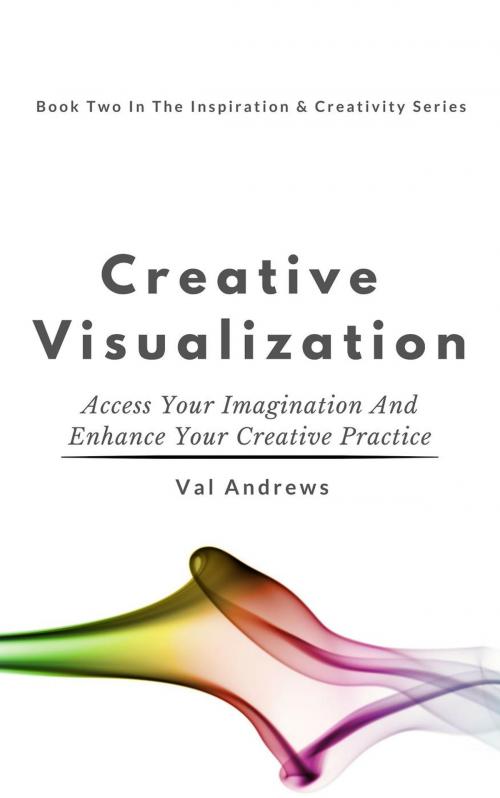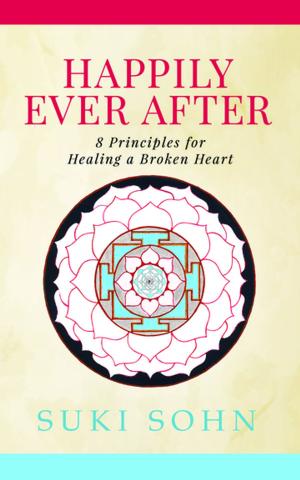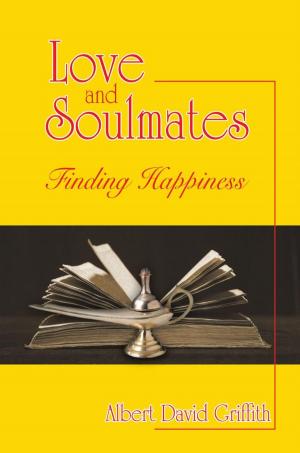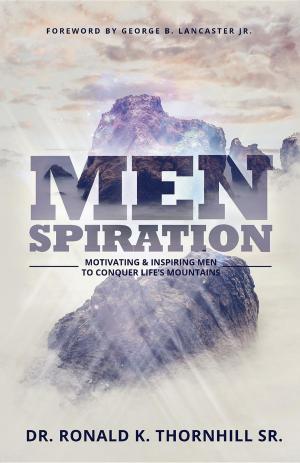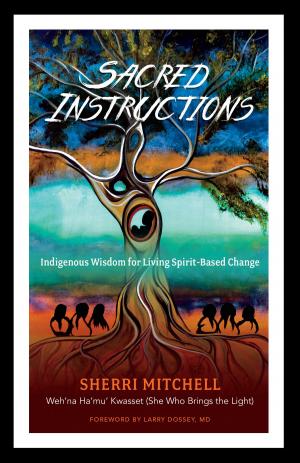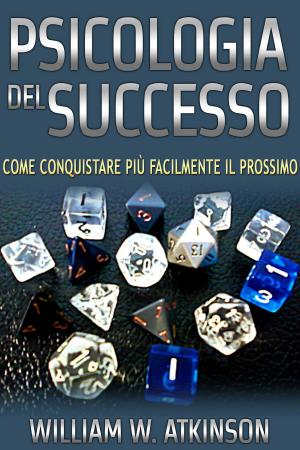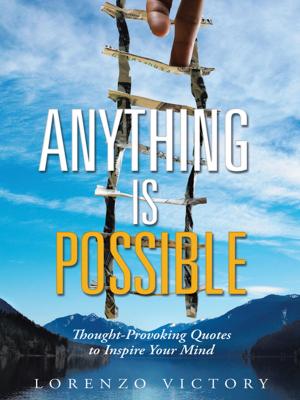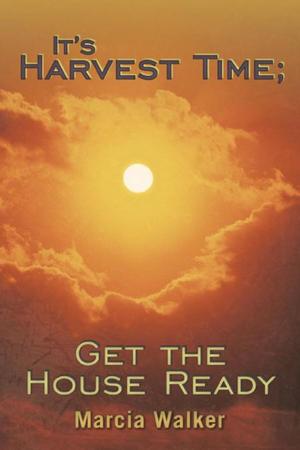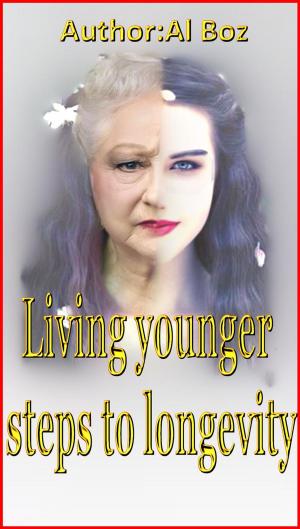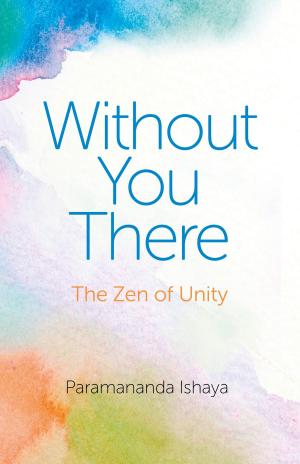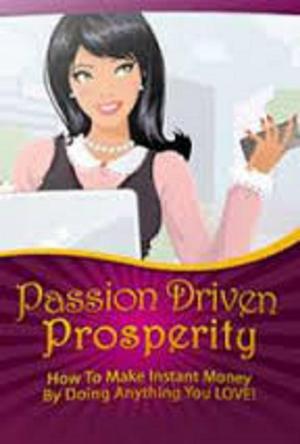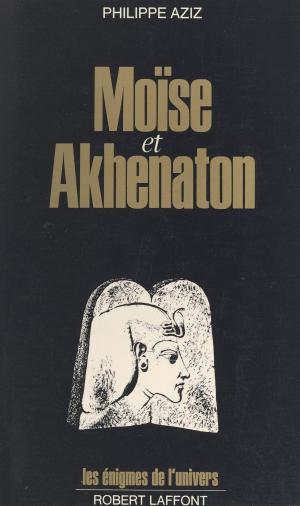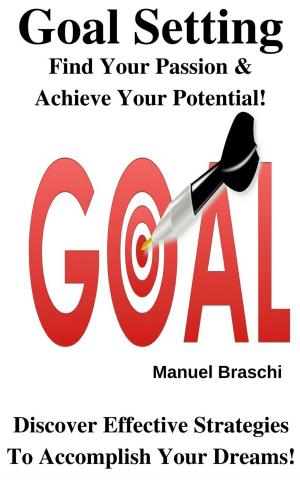Creative Visualization
Inspiration and creativity, #2
Nonfiction, Religion & Spirituality, New Age, Reference, Health & Well Being, Self Help, Self Improvement, Creativity, Personal Transformation| Author: | Val Andrews | ISBN: | 9781540112194 |
| Publisher: | Val Andrews | Publication: | September 16, 2018 |
| Imprint: | Language: | English |
| Author: | Val Andrews |
| ISBN: | 9781540112194 |
| Publisher: | Val Andrews |
| Publication: | September 16, 2018 |
| Imprint: | |
| Language: | English |
For centuries, creative visualization has been used in meditation to focus the mind. In more recent times, it's been used to help people achieve their goals and enhance their performance. Building on these approaches, this book offers a series of unique exercises to help the reader access the deepest part of their imagination and bring their creative practice to new levels.
To suggest that your internal resources and imagination comprise a gold mine is an understatement. Almost everyone has a wealth of untapped potential that can be accessed through creative visualization techniques and this book will help them do it. Research demonstrates that creativity is a natural part of the human condition and those who choose to engage with their creativity tend to experience greater levels of happiness and well-being. There's also substantial evidence demonstrating that creative individuals tend to perform better at work, and that organizations harnessing the creativity of their people tend to be more competitive in the global marketplace.
That said, this book is written for the individual, for the person who wants the time and space to think these things through for themselves, to access their own imagination and enhance their own creative practice, whatever form that may take. Part 1 of this book asks the reader a series of questions to help them understand their own thoughts about creativity and explore ways in which they can bring creative approaches to the work they do. It also offers the reader a broad introduction to the key concepts associated with creative visualization and meditation while drawing on the scientific research about creativity. The myth of the 'creative genius' is blown apart, and replaced with common sense explanations of how big ideas happen and how creative outcomes are achieved.
Part 2 of this book offers 14 unique creative visualization exercises, ranging from quick and easy introductory exercises to longer and more complex exercises. It is recommended that the reader do one exercise every alternate day, as this will give them the opportunity to integrate what they've learnt from each exercise and decide how they're going to use it in their creative practice. Following this suggestion, it will take the reader about one month to work their way through the book.
Part 3 of this book offers the reader some practical advice about moving forward and using what they've learned from the exercises to enhance their creative practice. It explains how they can integrate these key insights into their work, and make their inner critic work FOR them, not against them. It also offers advice about getting back into the flow of creativity after a rigorous session with their inner critic so they can produce work to the standard they aspire.
There is also an extensive list of further and recommended reading, at the end of this book, should the reader wish to explore some of the exciting research findings available on the topics of creativity, meditation and creative visualization techniques.
For centuries, creative visualization has been used in meditation to focus the mind. In more recent times, it's been used to help people achieve their goals and enhance their performance. Building on these approaches, this book offers a series of unique exercises to help the reader access the deepest part of their imagination and bring their creative practice to new levels.
To suggest that your internal resources and imagination comprise a gold mine is an understatement. Almost everyone has a wealth of untapped potential that can be accessed through creative visualization techniques and this book will help them do it. Research demonstrates that creativity is a natural part of the human condition and those who choose to engage with their creativity tend to experience greater levels of happiness and well-being. There's also substantial evidence demonstrating that creative individuals tend to perform better at work, and that organizations harnessing the creativity of their people tend to be more competitive in the global marketplace.
That said, this book is written for the individual, for the person who wants the time and space to think these things through for themselves, to access their own imagination and enhance their own creative practice, whatever form that may take. Part 1 of this book asks the reader a series of questions to help them understand their own thoughts about creativity and explore ways in which they can bring creative approaches to the work they do. It also offers the reader a broad introduction to the key concepts associated with creative visualization and meditation while drawing on the scientific research about creativity. The myth of the 'creative genius' is blown apart, and replaced with common sense explanations of how big ideas happen and how creative outcomes are achieved.
Part 2 of this book offers 14 unique creative visualization exercises, ranging from quick and easy introductory exercises to longer and more complex exercises. It is recommended that the reader do one exercise every alternate day, as this will give them the opportunity to integrate what they've learnt from each exercise and decide how they're going to use it in their creative practice. Following this suggestion, it will take the reader about one month to work their way through the book.
Part 3 of this book offers the reader some practical advice about moving forward and using what they've learned from the exercises to enhance their creative practice. It explains how they can integrate these key insights into their work, and make their inner critic work FOR them, not against them. It also offers advice about getting back into the flow of creativity after a rigorous session with their inner critic so they can produce work to the standard they aspire.
There is also an extensive list of further and recommended reading, at the end of this book, should the reader wish to explore some of the exciting research findings available on the topics of creativity, meditation and creative visualization techniques.
